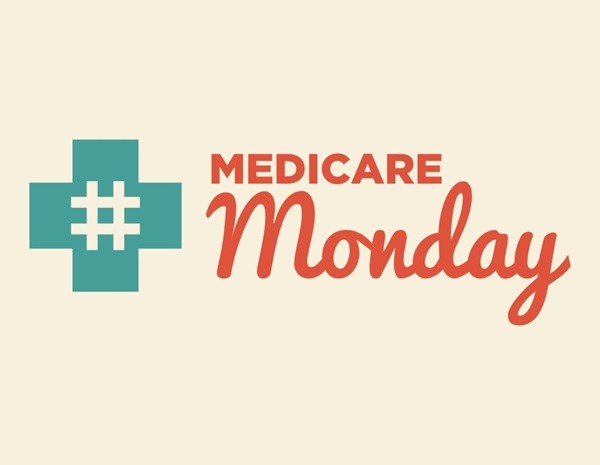Medicare Monday: How Part B has evolved over the years
The ways reimbursement for physician-administered medicines under Part B has changed since it was first created

Medicare Monday: How Part B has evolved over the years
The ways reimbursement for physician-administered medicines under Part B has changed since it was first created

Medicare Monday: How Part B has evolved over the years

With Medicare’s birthday rapidly approaching (July 30!), today we’re highlighting a few of the ways reimbursement for physician-administered medicines under Part B has changed since it was first created in 1965 as part of the Social Security Act Amendments and how this program works as a market-based system to manage costs and support beneficiary access to needed medicines.
One major change implemented 12 years ago was adoption of the Average Sales Price (ASP) system for setting reimbursement rates for Part B drugs. As we’ve highlighted before, ASP was established under the Medicare Modernization Act and reflects the weighted average of most manufacturer sales prices in the private market. It is even updated quarterly to ensure the reimbursement rate keeps pace with other changes in the market.
Recently, providers are signing up for incentive-based payment models to closely manage the cost and quality of care delivered by physicians and hospitals. Of the alternative payment models (or value-based payment models) that are currently being tested by Medicare, there are six that directly include Part B medicines. One such model is the Oncology Care Model, which includes over one-quarter of all Medicare oncologists and is putting them at financial risk for the care they give.
And there are expected to be even more value-based payment models in the coming years as a result of the creation of the Quality Payment Program. The program provides physicians with additional incentive to participate in alternative payment models. These models are continuing to encourage providers to take into consideration quality of care and cost as they treat patients.
The Medicare Part B system works well to manage costs and ensure beneficiary access to needed treatments. And CMS cites “a number of competitive market factors at work – multiple manufacturers, alternative therapies, new products, recent generic entrants, or market shifts to lower priced products.” Ongoing changes in the health care market mean the program is well-positioned to continue ensuring beneficiary access to needed treatments while managing costs.
Before considering any changes to Part B, it’s important to take a look at how much the program has evolved already and how it will continue to evolve in the future.
Learn more about Part B at PhRMA.org/PartB.